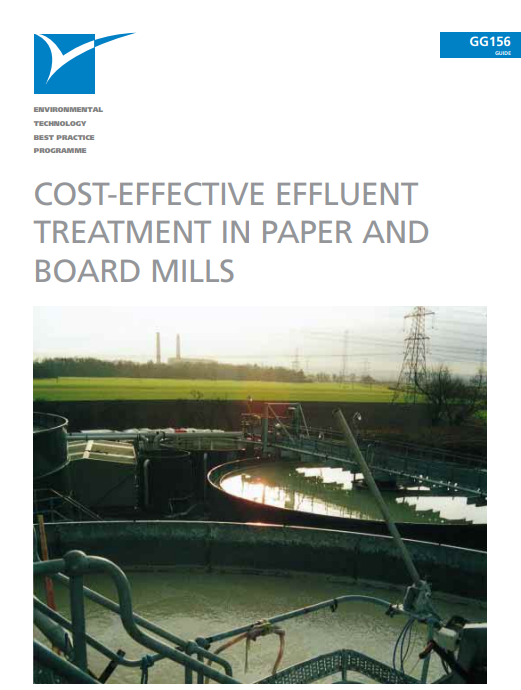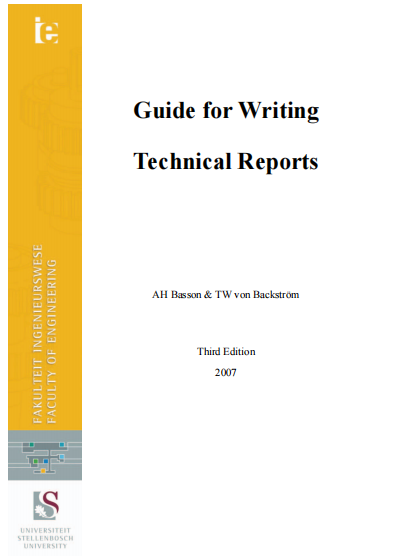Miscellaneous
The 2023 State Of Corporate ESG At The Crossroads Of Data, Regulations, And Digital Solutions
Views : 4
Usually dispatched in 2 to 3 days
Usually dispatched in 2 to 3 days
Category:
Miscellaneous
Only logged in customers who have purchased this product may leave a review.
Related books
Guide to Good Bottled Water Standards
Introduction:
This Guide has been prepared by a working party drawn from members of the British Soft Drinks Association who are experienced in the development and exploitation of waters for use in bottling, bottled water production and distribution, the legal requirements facing producers, and the application of modern techniques of quality management.
The Guide deals with three categories of bottled water:
- Natural Mineral Water
- Spring Water
- Table Water
Guide to Good Bottled Water Standards
Introduction:
This Guide has been prepared by a working party drawn from members of the British Soft Drinks Association who are experienced in the development and exploitation of waters for use in bottling, bottled water production and distribution, the legal requirements facing producers, and the application of modern techniques of quality management.
The Guide deals with three categories of bottled water:
- Natural Mineral Water
- Spring Water
- Table Water
Emergency Response Planning Guide
INTRODUCTION
Emergency response planning and preparedness is an important element in managing a wastewater treatment facility and collection system. The citizens of your town and our state rely upon wastewater treatment personnel for protection against unexpected events that may jeopardize public health and safety. Wastewater employees expect to be protected from the consequences of natural or man-made disasters affecting the wastewater system. Town officials are responsible for protecting the taxpayer’s investment in its infrastructure and to ensure that regulatory requirements will be met during an emergency. In other words, preparation for the unexpected is necessary and requires an emergency plan to be in place and functional to handle a variety of situations. Both EPA and NHDES require the inclusion of an Emergency Response Plan in every Operation and Maintenance manual for wastewater treatment facilities and pump stations. It is listed as an O&M manual requirement in the State of New Hampshire Code of Administrative Rules, Chapter Env-Wq 700, STANDARDS OF DESIGN AND CONTRUCTION FOR SEWERAGE AND WASTEWATER TREATMENT FACILITIES, Section 708.08(b)(9). In addition, funding agencies, such as the United States Department of Agriculture, Rural Development (USDA/RD), require all systems that receive USDA/RD funding for wastewater improvement projects to complete a Security Vulnerability Assessment and Emergency Response Plan prior to awarding money. NHDES takes this responsibility seriously. The Emergency Response Planning section of this manual was developed to ensure that all facilities receive the same information. It is not intended to serve as a substitute for an actual emergency response plan specific to your facility, but rather to serve as a generic guide to aid in planning for unanticipated situations in the event that a facility does not have a specific response plan. If there is an actual plan it shall be inserted into the O&M manual in lieu of this planning guide.
Emergency Response Planning Guide
INTRODUCTION
Emergency response planning and preparedness is an important element in managing a wastewater treatment facility and collection system. The citizens of your town and our state rely upon wastewater treatment personnel for protection against unexpected events that may jeopardize public health and safety. Wastewater employees expect to be protected from the consequences of natural or man-made disasters affecting the wastewater system. Town officials are responsible for protecting the taxpayer’s investment in its infrastructure and to ensure that regulatory requirements will be met during an emergency. In other words, preparation for the unexpected is necessary and requires an emergency plan to be in place and functional to handle a variety of situations. Both EPA and NHDES require the inclusion of an Emergency Response Plan in every Operation and Maintenance manual for wastewater treatment facilities and pump stations. It is listed as an O&M manual requirement in the State of New Hampshire Code of Administrative Rules, Chapter Env-Wq 700, STANDARDS OF DESIGN AND CONTRUCTION FOR SEWERAGE AND WASTEWATER TREATMENT FACILITIES, Section 708.08(b)(9). In addition, funding agencies, such as the United States Department of Agriculture, Rural Development (USDA/RD), require all systems that receive USDA/RD funding for wastewater improvement projects to complete a Security Vulnerability Assessment and Emergency Response Plan prior to awarding money. NHDES takes this responsibility seriously. The Emergency Response Planning section of this manual was developed to ensure that all facilities receive the same information. It is not intended to serve as a substitute for an actual emergency response plan specific to your facility, but rather to serve as a generic guide to aid in planning for unanticipated situations in the event that a facility does not have a specific response plan. If there is an actual plan it shall be inserted into the O&M manual in lieu of this planning guide.
Swimming Pool and Spa Water Chemistry
On a hot summer day, who wouldn't want to jump into a cool and refreshing pool? And then, as the sun sets, what better way to relax than to slip into your own backyard spa -- summer or winter? But enjoying all that requires some regular attention. Remember, the water in your pool and spa is an ever-changing environment that calls for constant and careful monitoring. For some, this means hiring a professional service technician to come by once or twice
a week. You can, however, take care of your pool and spa yourself. The need to treat water has been widely accepted for a long time. Sanitation, especially,
is recognized as a means of controlling communicable diseases. The pool operator is expected to provide safe, clean water for bathers. More recently, however, the importance of mineral saturation, or 'water balance" as it is more popularly known, is recognized by those responsible for maintaining the pool and equipment. Water can become aggressive and destroy pools with corrosion, or it can become scaling and damage the pool with mineral deposits.
The pool operator must learn about the use of chemical agents for sanitation and for control of pH, total alkalinity and calcium hardness. The operator is expected to protect both the swimmers and the pool itself. This chapter is written to present the necessary chemical treatments and sufficient background information to know when and how to use them.
Swimming Pool and Spa Water Chemistry
On a hot summer day, who wouldn't want to jump into a cool and refreshing pool? And then, as the sun sets, what better way to relax than to slip into your own backyard spa -- summer or winter? But enjoying all that requires some regular attention. Remember, the water in your pool and spa is an ever-changing environment that calls for constant and careful monitoring. For some, this means hiring a professional service technician to come by once or twice
a week. You can, however, take care of your pool and spa yourself. The need to treat water has been widely accepted for a long time. Sanitation, especially,
is recognized as a means of controlling communicable diseases. The pool operator is expected to provide safe, clean water for bathers. More recently, however, the importance of mineral saturation, or 'water balance" as it is more popularly known, is recognized by those responsible for maintaining the pool and equipment. Water can become aggressive and destroy pools with corrosion, or it can become scaling and damage the pool with mineral deposits.
The pool operator must learn about the use of chemical agents for sanitation and for control of pH, total alkalinity and calcium hardness. The operator is expected to protect both the swimmers and the pool itself. This chapter is written to present the necessary chemical treatments and sufficient background information to know when and how to use them.
Fluoride Removal from Water Using Nanoscale Zerovalent Iron (NZVI)
Abstract
Excessive intake of fluoride can cause adverse effects on human health. In this study, nanoscale zero-valent iron (nZVI) was prepared and applied to remove excessive fluoride from water. The experiments were conducted in a batch system and the effects of pH, contact time and the concentrations of fluoride and nanoscale zero-valent iron doses were investigated.
Fluoride Removal from Water Using Nanoscale Zerovalent Iron (NZVI)
Abstract
Excessive intake of fluoride can cause adverse effects on human health. In this study, nanoscale zero-valent iron (nZVI) was prepared and applied to remove excessive fluoride from water. The experiments were conducted in a batch system and the effects of pH, contact time and the concentrations of fluoride and nanoscale zero-valent iron doses were investigated.















Reviews
There are no reviews yet.